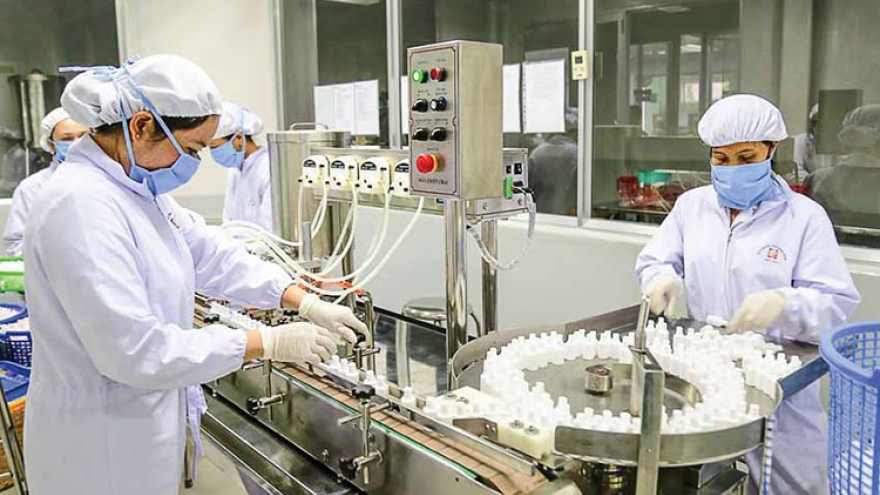Regional policy makers discuss future healthcare trends
Healthcare policy makers and leading intellectuals from the healthcare sector across Asia gathered at the Future Trends Forum held in Hanoi on November 12-13.
 |
The forum was jointly held by Vietnam Medical Association (VMA) and the world-leading healthcare group Novartis, and featured a distinguished roster of speakers, including Associate Professor Nguyen Thi Xuyen, president of the Vietnam Medical Association, Nguyen Van Tien, former vice chairman of the Vietnam Parliamentary Committee for Social Affairs, and many famous speakers from the Republic of Korea, Singapore, Taiwan, Indonesia, and Thailand.
"The Future Trends Forum emphasises major issues facing the healthcare systems in Asia as well as how to approach efficiently the rapid aging in the region. The event is a chance for participants to discuss future trends for the healthcare sector, and how to use manpower and operate the system efficiently to maximize the results for countries with rapidly aging population," said Tong Thi Song Huong, deputy general secretary of VMA, in his opening speech.
According to the World Health Organisation (WHO), Vietnam is among the countries with the fastest aging rate in the world. However, income per capita is still low, and not everyone can have access to the modern healthcare system or enjoy the full benefits of health insurance. Besides, not every hospital is fully-equipped with modern technology for effective medical examination and treatment.
Vietnam is working on the amendment of the Law on Health Insurance towards increasing universal health insurance coverage and further facilitating health service providers.
"Vietnam's universal health insurance coverage is now estimated to have risen to 86.9 per cent of the population. However, the implementation of the law proves problematic, which needs to be amended," said Pham Le Tuan, Deputy Minister of Health.
The target of the amendment is to increase universal health insurance coverage to 95 per cent by 2025, while the direct healthcare costs of each household will be 35 per cent lower than the current costs.
What is more, by 2020 at least 95 per cent of the children are expected to be vaccinated under the expanded national immunisation programme and the mortality rate among children under five years of age is expected to drop to 18.5 per 1,000 and for under one-year-olds to 12.5 per 1,000.
On the other hand, by 2025 the government also aims to have 30 hospital beds, 10 doctors, and 25 nurses per 10,000 people and raise the percentage of people's satisfaction with public healthcare services.


